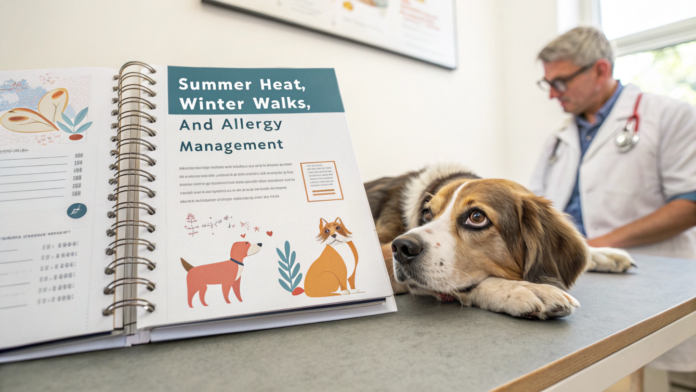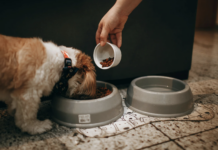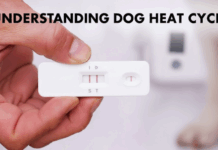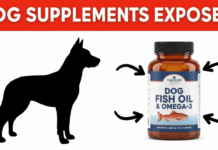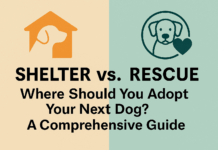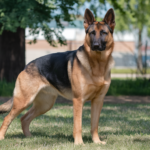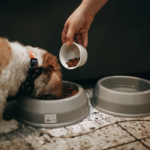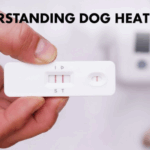As a responsible pet owner, it’s crucial to adapt your dog’s care routine to the changing seasons. Each season brings its own set of challenges and considerations, from managing the summer heat to navigating winter walks and dealing with seasonal allergies.
In this comprehensive guide, we will explore how to care for your dog throughout the year, ensuring their health, comfort, and happiness in every season.
Summer Care: Beating the Heat
1.1. Understanding the Risks
Summer can be a dangerous time for dogs, as they are more susceptible to heat-related illnesses such as heatstroke. Dogs do not sweat like humans; they primarily cool themselves through panting, which is less efficient in extreme heat.
Risks:
- Heatstroke: A life-threatening condition that occurs when a dog’s body temperature rises to dangerous levels.
- Dehydration: Lack of adequate water intake can lead to serious health issues.
- Paw Pad Burns: Hot pavement can burn a dog’s paw pads.
1.2. Tips for Keeping Your Dog Cool
Provide Ample Water and Shade
- Fresh Water: Ensure your dog has access to fresh, cool water at all times.
- Shaded Areas: Provide shaded areas for your dog to rest and cool down.
Limit Exercise
- Avoid Peak Hours: Exercise your dog during cooler parts of the day, such as early morning or late evening.
- Shorten Walks: Reduce the duration and intensity of walks to prevent overheating.
Use Cooling Aids
- Cooling Mats: Provide a cooling mat or damp towel for your dog to lie on.
- Paddling Pools: Allow your dog to play in a shallow paddling pool or sprinkler.
Protect from the Sun
- Sunblock: Use pet-safe sunblock on exposed areas, such as the nose and ears.
- Protective Clothing: Consider using protective clothing or a sun hat for dogs with thin coats.
1.3. Recognizing Heatstroke
Symptoms:
- Excessive panting
- Drooling
- Rapid heartbeat
- Vomiting or diarrhea
- Lethargy or collapse
What to Do:
- Cool Down: Move your dog to a cool area and use cool (not cold) water to lower their body temperature.
- Seek Veterinary Care: Contact your veterinarian immediately, as heatstroke can be fatal if not treated promptly.
Winter Care: Navigating the Cold
2.1. Understanding the Risks
Winter poses its own set of challenges for dogs, including cold temperatures, icy surfaces, and exposure to salt and chemicals used to melt ice.
Risks:
- Hypothermia: A dangerous drop in body temperature.
- Frostbite: Damage to skin and tissues due to freezing.
- Paw Pad Injuries: Icy surfaces and salt can damage paw pads.
2.2. Tips for Keeping Your Dog Warm
Dress Appropriately
- Coats and Sweaters: Use coats or sweaters for dogs with thin coats or short hair.
- Booties: Protect paw pads with booties, especially on icy or salted surfaces.
Limit Exposure
- Shorten Walks: Reduce the duration of walks in extreme cold.
- Indoor Play: Engage in indoor play and exercise to avoid prolonged exposure to the cold.
Protect from Salt and Chemicals
- Wipe Paws: Wipe your dog’s paws after walks to remove salt and chemicals.
- Paw Balm: Use a pet-safe paw balm to protect and moisturize paw pads.
2.3. Recognizing Hypothermia and Frostbite
Hypothermia Symptoms:
- Shivering
- Lethargy
- Weakness
- Slow breathing
- Confusion
Frostbite Symptoms:
- Pale or gray skin
- Cold to the touch
- Pain or discomfort
- Blisters or sores
What to Do:
- Warm Up: Move your dog to a warm area and use blankets or heating pads to raise their body temperature.
- Seek Veterinary Care: Contact your veterinarian immediately if you suspect hypothermia or frostbite.
Allergy Management: Seasonal and Environmental Allergies
3.1. Understanding Seasonal and Environmental Allergies
Dogs can suffer from seasonal and environmental allergies, which can cause discomfort and affect their quality of life. Common allergens include pollen, mold, dust mites, and grass.
Symptoms:
- Itching and scratching
- Red, inflamed skin
- Sneezing and runny nose
- Watery eyes
- Ear infections
- Hot spots
3.2. Tips for Managing Allergies
Identify the Allergen
- Consult with Your Veterinarian: Work with your veterinarian to identify the specific allergen affecting your dog.
- Allergy Testing: Consider allergy testing to pinpoint the cause of your dog’s allergies.
Reduce Exposure
- Limit Outdoor Time: Reduce outdoor time during high pollen counts or mold seasons.
- Clean Environment: Keep your home clean and dust-free, and use air purifiers to reduce allergens.
Use Medications and Supplements
- Antihistamines: Consult with your veterinarian about antihistamines to manage symptoms.
- Omega-3 Fatty Acids: Supplements containing omega-3 fatty acids can help reduce inflammation and itching.
Topical Treatments
- Shampoos and Conditioners: Use hypoallergenic shampoos and conditioners to soothe irritated skin.
- Topical Creams: Apply topical creams or sprays to relieve itching and inflammation.
Conclusion
Caring for your dog throughout the year requires attention to the unique challenges each season presents. By understanding the risks and implementing the tips and strategies outlined in this guide, you can help your dog stay healthy, comfortable, and happy in every season.
From managing the summer heat to navigating winter walks and dealing with seasonal allergies, this guide provides the knowledge and tools you need to be a proactive and responsible pet owner. Embrace the journey of dog ownership with care and dedication, and cherish the special bond you share with your beloved pet.
Frequently Asked Questions
1. How can I protect my dog from the summer heat?
Protect your dog by providing ample water and shade, limiting exercise during peak hours, using cooling aids, and protecting from the sun with sunblock and protective clothing.
2. What are the signs of heatstroke in dogs?
Signs of heatstroke include excessive panting, drooling, rapid heartbeat, vomiting or diarrhea, and lethargy or collapse.
3. How do I keep my dog warm in the winter?
Keep your dog warm by dressing them in coats or sweaters, using booties to protect paw pads, shortening walks, and engaging in indoor play.
4. What are the symptoms of hypothermia and frostbite in dogs?
Hypothermia symptoms include shivering, lethargy, weakness, slow breathing, and confusion. Frostbite symptoms include pale or gray skin, cold to the touch, pain or discomfort, and blisters or sores.
5. How can I manage my dog’s seasonal allergies?
Manage your dog’s allergies by identifying the allergen, reducing exposure, using medications and supplements, and applying topical treatments.
References
By following the guidelines and strategies outlined in this article, you can provide the care and support necessary to ensure your dog’s health and well-being throughout the year.
